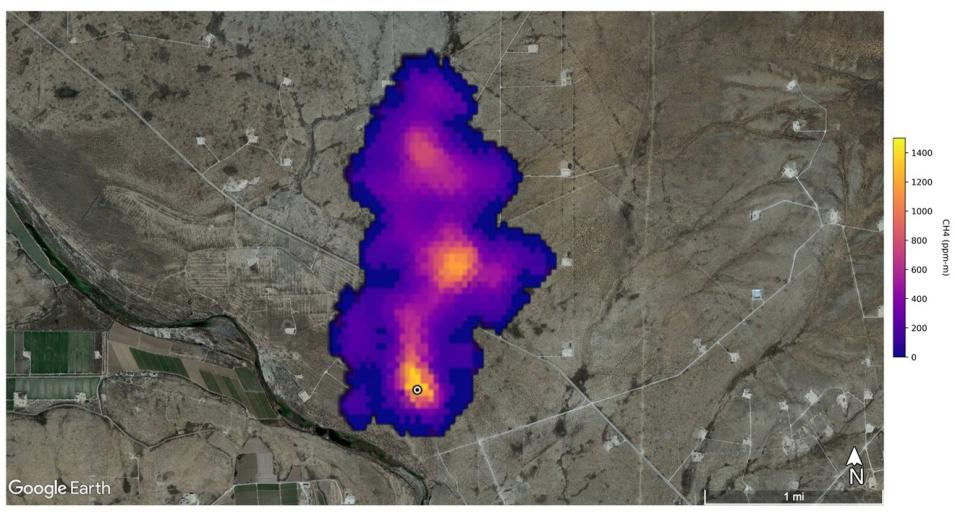Two new tutorials for using methane data from NASA's Earth Surface Mineral Dust Source Investigation (EMIT) are now available: Visualizing Methane Plumes Timeseries and Generating Methane Spectral Fingerprint. The tutorials show how to use Python-based Jupyter Notebooks to track methane plumes.
The tutorials are from the fourth EMIT data tutorial workshop hosted by NASA's Land Processes Distributed Active Archive Center (LP DAAC) and NASA's Jet Propulsion Laboratory (JPL) on March 14, 2024. The workshop was part of a series that began in 2023 to introduce data users to EMIT data products.
